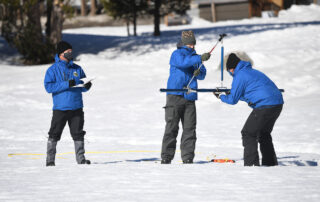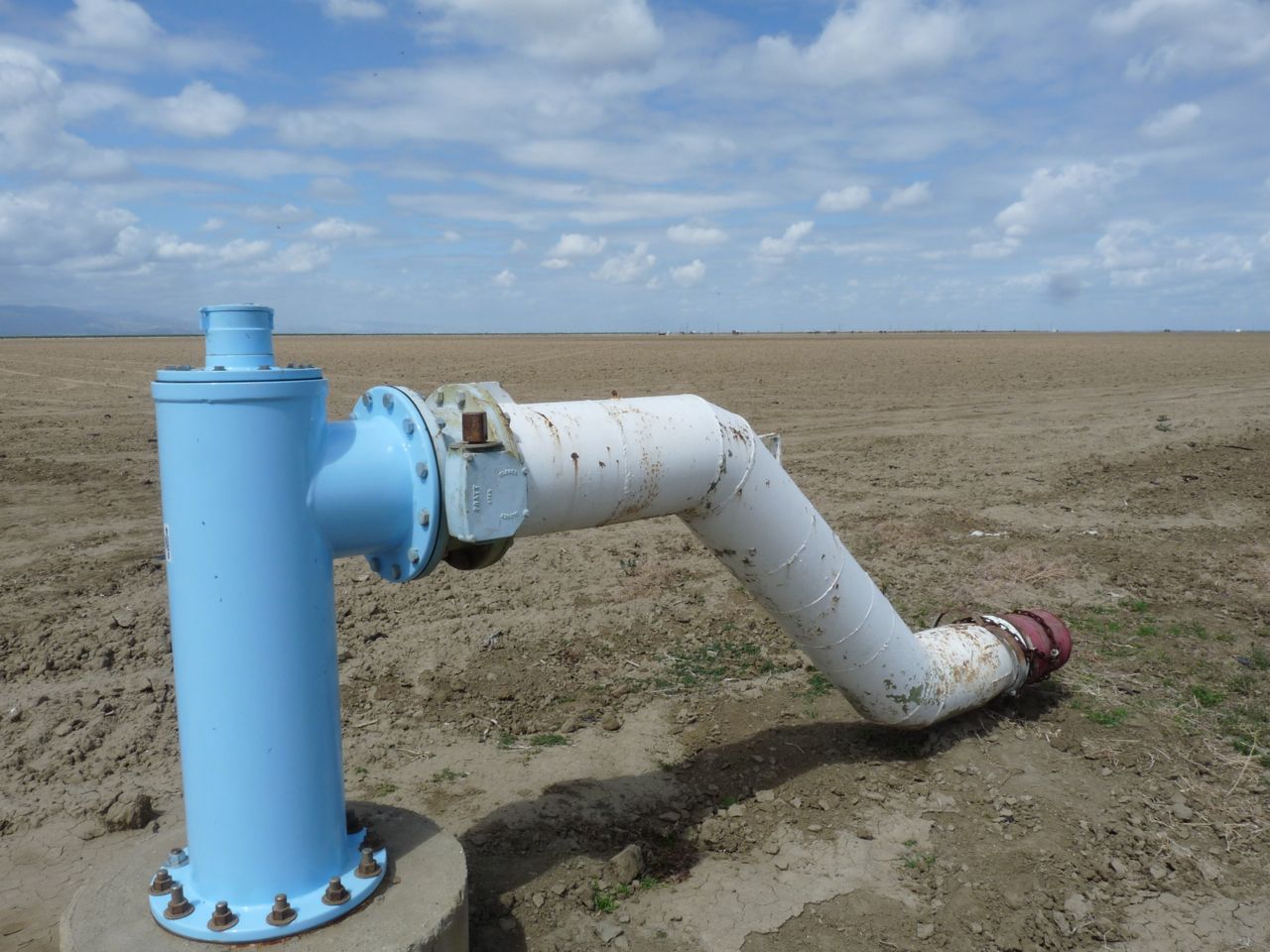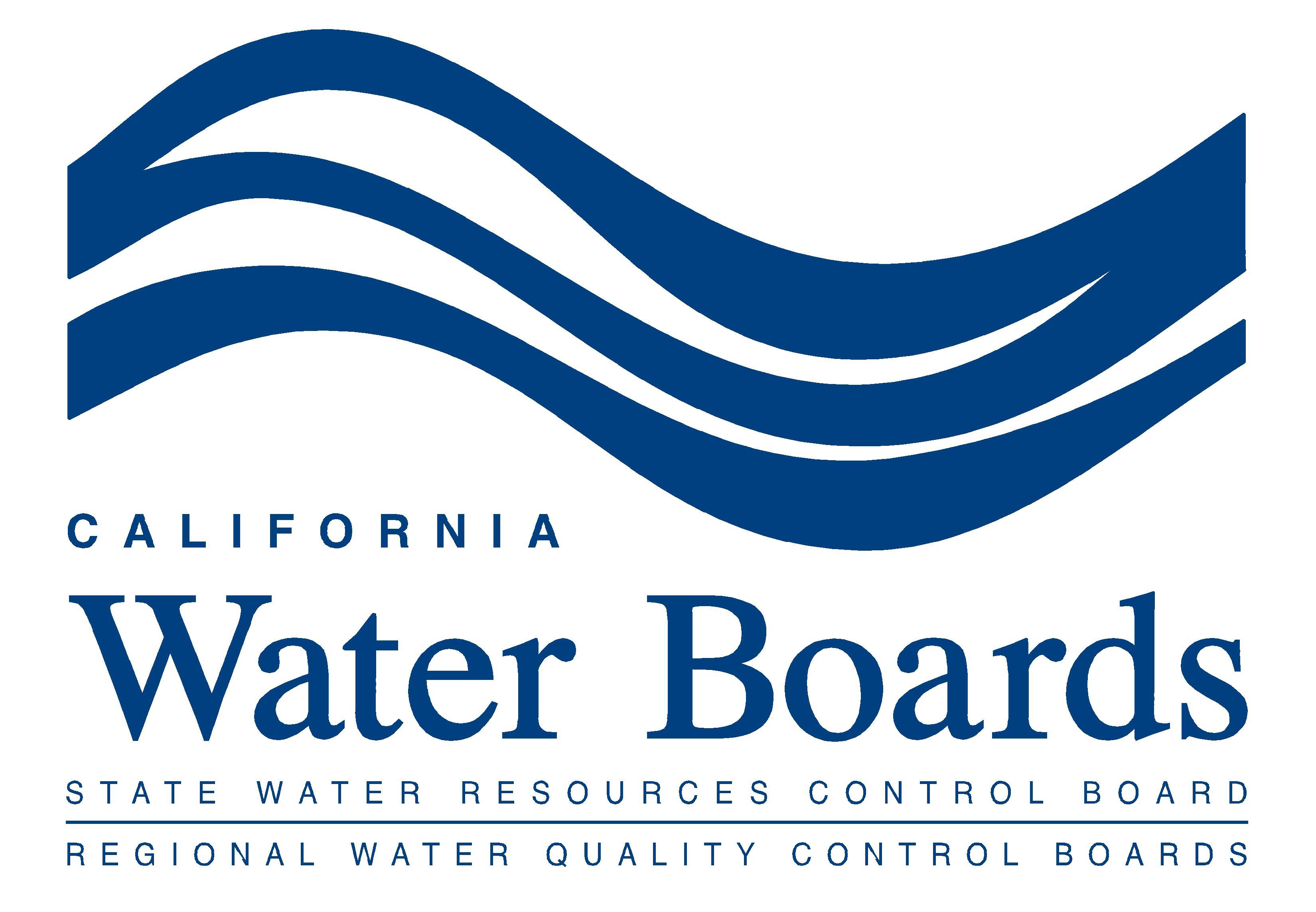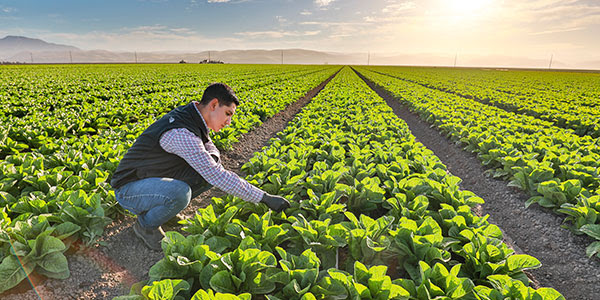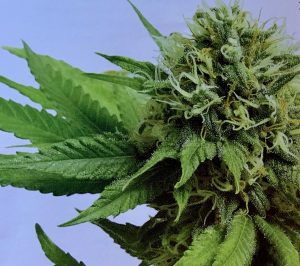Congressman Valadao Statement on Bureau of Reclamation’s Central Valley Project Initial 2022 Water Allocation
Today, Congressman David G. Valadao released the following statement in response to the Bureau of Reclamation’s (Reclamation) initial 2022 water allocation announcement for Central Valley Project (CVP) contractors. Reclamation announced an initial allocation of 0% for South-of-Delta agricultural repayment and water service contractors. They also announced an initial allocation for Municipal and Industrial repayment and water service contractors of only 25% of their historic use.
“This unacceptably low water allocation is a devastating blow to small community agricultural producers throughout the Central Valley. The livelihoods of these people and our global food supply depend on the industry,” said Congressman Valadao. “The Central Valley farming community has endured drought conditions, burdensome regulations, and below adequate water allocations for years. This community is resilient, but the fact remains that our farms will not survive without a reliable water supply for South-of-Delta agriculture. This dire situation emphasizes the need for more storage capacity so we can capture water when we have surplus. California’s water supply allocations must reflect the needs of these farmers and producers so they can continue providing food for the nation. This is alarming and unwelcome news to communities that have continued to suffer from issues like the ongoing supply chain crisis.”
Central Valley agriculture contractors rely on meaningful allocations from Reclamation for their yearly planning. Central Valley farmers and communities have endured disproportionately low water allocations for many years, with contractors receiving well below their contracted supply even during wet years. As a lifelong dairy farmer, Congressman Valadao has experienced firsthand the challenges and frustrations surrounding this issue. He has consistently called for CVP allocations to reflect the needs of the agriculture community, the backbone of the Central Valley economy. Read more on Congressman Valadao’s work on California water issues here.


